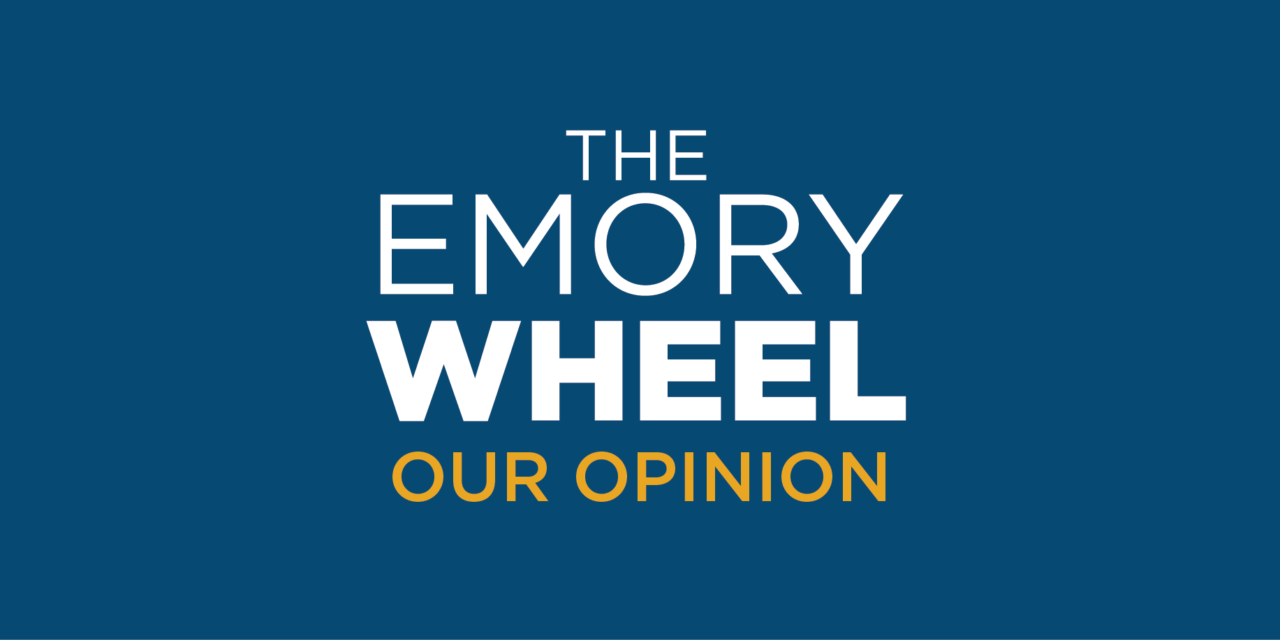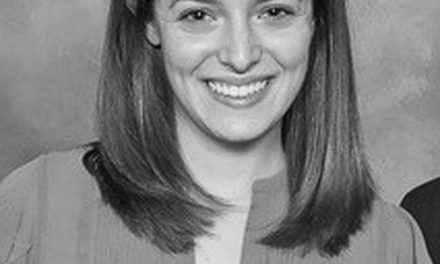As this week draws to a close, Emory orientation leaders and their respective first-year students will be completing the final phase of Creating Emory. This new initiative was designed to familiarize incoming students with the University’s expectations of tolerance and responsibility in light of an increased awareness by the administration of insensitivity in a number of areas. Among Creating Emory’s core issues are sexual assault awareness and prevention, the dangers of high-risk alcohol use and multicultural and identity awareness.
The program is facilitated by orientation leaders and Residence Life and Housing (ResLife) Staff who underwent a total of nine hours of training in facilitation groups before the start of orientation. Creating Emory’s three phases have been spaced out over the first month of school so that new students can process the intended messages in the context of campus life. The first phase included a performance by Emory’s Issues Troupe and a group activity called “Rise Up” that asked students to reflect on experiences of discrimination or otherness in their own lives. The other phases are focused on group meetings, in which orientation leaders and ResLife staff work through situations that might test a new student’s ability to make responsible decisions or to identify potentially dangerous situations for their friends and themselves. The partnership between ResLife and orientation leaders ensures that students are getting support from leaders both within and outside their places of residence. The discussions they facilitate are intended to be a proactive rather than reactive measure to show how invested campus offices are in making the Emory community the best it can be.
We at the Wheel are especially pleased with the University’s efforts to encourage tolerance, promote responsibility and help new students avoid and prevent sexual assault. These are particularly sensitive topics, but making Creating Emory a student-to-student (rather than administrator-to-student) experience facilitates an open atmosphere where freshmen might feel more comfortable. The Creating Emory program represents a well-organized effort by the administration to respond to important campus issues and to try to affect real change in its students.
Creating Emory, which was organized by Emory’s Office of Health Promotion (OHP), represents one of a number of upgrades to this year’s orientation process. Other major changes included an all-freshmen icebreaker event on McDonough and a restructuring of the orientation groups so that all the members of a group come from the same residence hall. Creating Emory demonstrates that Emory takes negative incidents on campus seriously and wants to respond proactively. It covers relevant and real issues affecting our students, asking them to think in depth about issues like social exclusion in Greek Life, sexual assault and religious insensitivity. Furthermore, the program is inclusive and focuses on welcoming diverse opinions, without parsing important distinctions on some issues – such as what constitutes discrimination or consent.
Overall, we at the Wheel find Creating Emory a well-thought out and well-reasoned program, carried out in a productive and positive manner. We do hope, however, that in the future there will be more “check-in points” throughout the semester. Not only would this ensure that the substance of the program carries throughout the semester, but it would also help continue to reiterate the important values stressed throughout orientation.
The above staff editorial represents the majority opinion of the Wheel‘s editorial board.
The Emory Wheel was founded in 1919 and is currently the only independent, student-run newspaper of Emory University. The Wheel publishes weekly on Wednesdays during the academic year, except during University holidays and scheduled publication intermissions.
The Wheel is financially and editorially independent from the University. All of its content is generated by the Wheel’s more than 100 student staff members and contributing writers, and its printing costs are covered by profits from self-generated advertising sales.





While we are honored to have our hard work with students and for students appreciated, we need to acknowledge the many, many partners who joined forces to make Creating Emory a reality in addition to OHP: Dean Nair, OSLS, OMPS, Residenc Life, Office of Lesbian, Gay, Bisexual and Transgender Life, Office of Religious Life, CAPS, the Orientation program, all the student volunteers, the Campus Life Executive Leadership Team, Campus Life Communications, Issues Troupe and Ken Hornbeck, Carissa Ruf SPH 14 and many, many more! The Creating Emory concept originated with benchmarking research and a proposal from Lauren Bernstein, Assistant Director for the Respect Program in the Office of Health Promotion and Sara Millimet, SPH 13. After incidents on campus in 12-13 that were discriminatory to survivors of sexual violence and students of color (and those aren’t mutually exclusive groups) we worked collaboratively to extend the focus to include social justice even more broadly.
I stumbled upon this via Bing. This web page appears terrific.